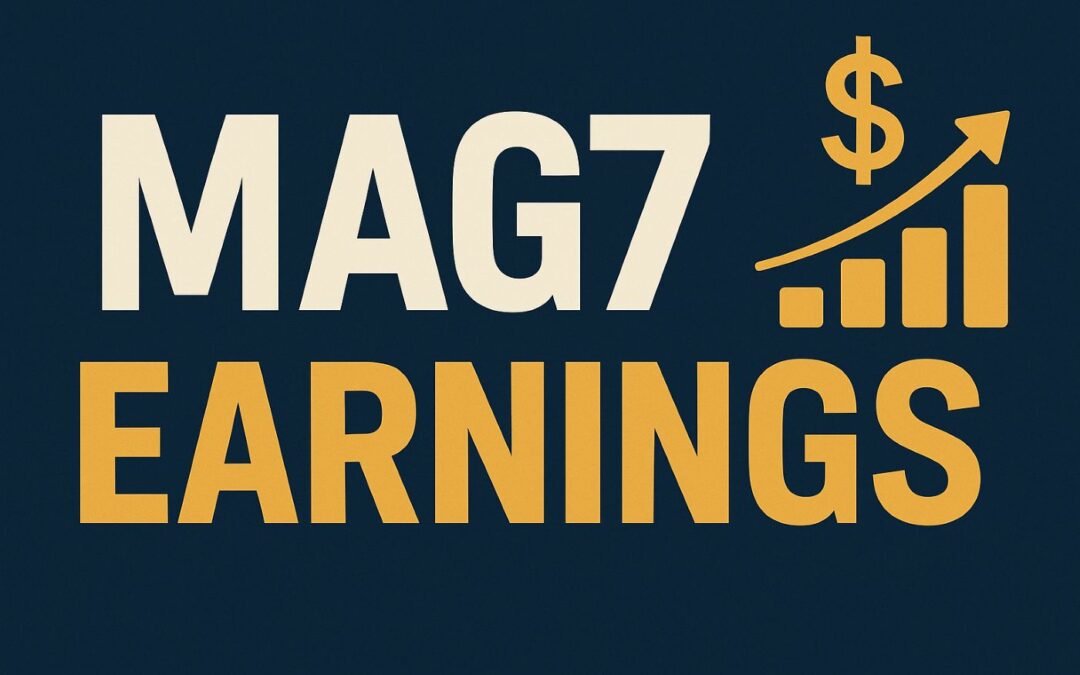Last week, I shared the setup I rely on more than any other: the mean reversion “rubber band” trade.
But I also said something that’s just as important — not every stock deserves your attention, even if the chart looks perfect.
Because for reversion to the mean to work, the stock has to have a strong mean to revert to. In other words, the business still has to be worth betting on.
So how do you tell the difference?
Good news: You don’t need to be an accountant. You don’t need a Bloomberg terminal. You just need a few free tools and a short list of what to look for.
Let’s dive in.
The 5-Point “Fundamental Filter” I Use
Here’s what I’m looking for when I screen for stocks that are worth trading:
- Earnings Growth – Not just a one-time pop. I want companies that are showing consistent improvement over time.
- Revenue Growth – Are they selling more, quarter after quarter? Growing companies usually trend up in price.
- Margin Expansion – If a company is keeping more of every dollar it brings in, that’s a bullish sign.
- Positive Earnings Surprises – Beating analyst expectations can be a catalyst for future momentum.
- Rising Analyst Estimates – If Wall Street is revising earnings projections upward, the smart money is getting more confident.
These are the same factors I use to build my curated watchlist. But you can apply them yourself, starting today.
How to Do This for Free
There are two free tools you can use to make this process as simple as clicking a few boxes:
Tool #1: Finviz Screener
This is one of the easiest ways to scan thousands of stocks in seconds. Here’s how to set it up:
- Go to the Screener tab
- Click “Fundamental” at the top
- Set the following filters:
- EPS growth past 5 years: Over 15%
- Sales growth past 5 years: Over 10%
- Gross Margin: Positive
- EPS this year: Over 15%
This will narrow the universe of stocks to companies that are actually growing — and being noticed for it.
Once you set those parameters, the list of stocks in the bottom part of the screen updates automatically. (no need to hit “Submit” or anything like that)
Now, because this is a free tool, we can’t filter for everything I’d normally look at — but these filters will get you pretty close.
You can also click any stock symbol in the list at the bottom to see a quick snapshot of earnings, sales trends, and insider activity.
Tool #2:Yahoo Finance
Finviz is great for finding candidates. Yahoo Finance is perfect for digging deeper.
Go to Yahoo Finance, type in one of the tickers on the FinViz list and press ENTER.
You’ll see a summary of that ticker including a stock chart.
Here’s what to look at:
- Click “Analysis” on the left hand for any ticker to see:
- Future earnings estimates
- EPS Revisions (are analysts upgrading or downgrading?)
- Earnings History (past beats/misses)
- Click “Statistics” on the left hand side for:
- Profit margins
- Revenue and earnings growth rates
- Return on equity (a measure of profitability)
At first it might take a few minutes per stock. But once you get the hang of it, you’ll move through them in 30 seconds — and start spotting strong setups on sight.
What to Avoid
Not every cheap stock is a deal.
If you see:
- Shrinking earnings
- Flat or declining revenue
- Negative margins
- A history of missing estimates
…then even if the chart looks “oversold,” I stay away.
Because it’s not a pullback — it’s a downtrend. And we’re not here to trade into weakness.
We’re looking for strong stocks that are temporarily mispriced… and will soon be rewarded by the market.
What’s Next
Next Friday, I’ll show you how to spot the technical side of the setup — how to use free tools like TradingView to find stocks that are stretched far from their mean and might be ready to snap back.
Put this week’s filter together with next week’s chart work, and you’ll have everything you need to start finding these trades on your own.
Stay tuned for part 3 next Friday.
Talk soon,
JD
The Rational Trader
P.S. This is a lot like the strategy I use to find stocks just before Wall Street buys them.



